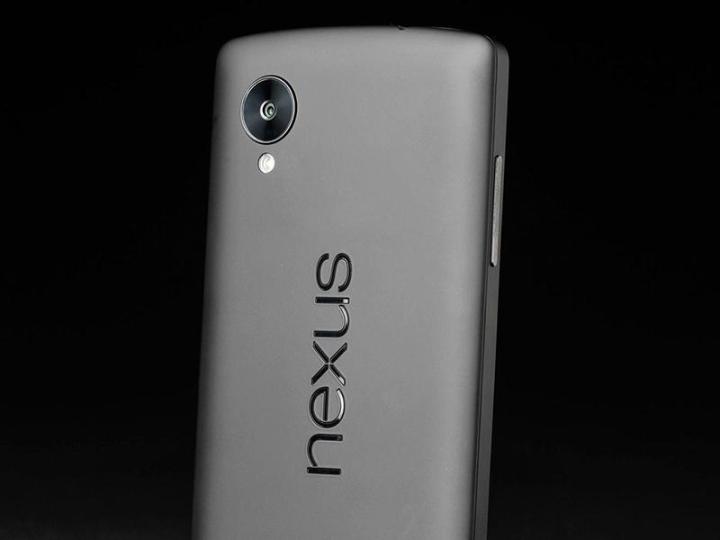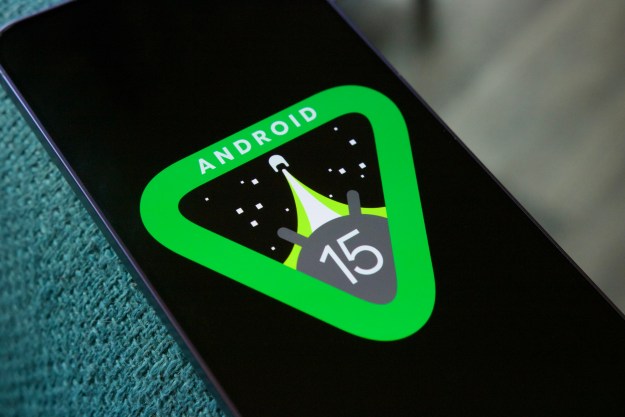
Many of the whispers make sense — we know that Google and Motorola have a close working relationship, even after the two companies parted ways at the start of this year, and sources from inside LG (makers of the Nexus 5) have said the firm will not be building the next Nexus-branded phone. If Google does indeed want a Nexus 6 to challenge the next edition of the Apple iPhone, Motorola would be an obvious choice for a hardware partner.
Android Police’s Liam Spradlin seems fairly confident that a Motorola device codenamed Shamu is in the works, though as yet there’s no concept imagery or any sneak peeks at the design — the main piece of evidence is an entry in Google’s issue tracker system which has been captured for posterity. “We are confident that Shamu is a real device under active development, and fairly confident that it is a contender for the Nexus program, but are just slightly less confident about its specs, simply due to the information at our disposal,” says Spradlin.
It goes without saying that Google and Motorola have nothing to say at this stage. Last month Dave Burke, head of Android engineering and the Nexus program, refuted claims that Nexus devices were going away: “There is no way you can build the open source code without the phone or tablet or whatever you are building,” he said. “You have to live and breathe the code you are developing.” In this case that code would be Android L.
Even with a lack of details to pore over, it looks like there’s some hope yet for those of you who are keen on the low-cost, stock Android range of Nexus devices that Google has been releasing since the Nexus One in 2010. By Christmas you could be making a decision between the iOS 8-powered iPhone 6 and the Android L-equipped Motorola Nexus 6.
Editors' Recommendations
- 3 foldable phone deals you should seriously consider today
- This Android phone is a surprisingly great buy at $100
- How to find your lost phone (tips for iPhone and Android)
- Motorola just announced three new phones, and I need them right now
- One of the best budget phones just got even better


